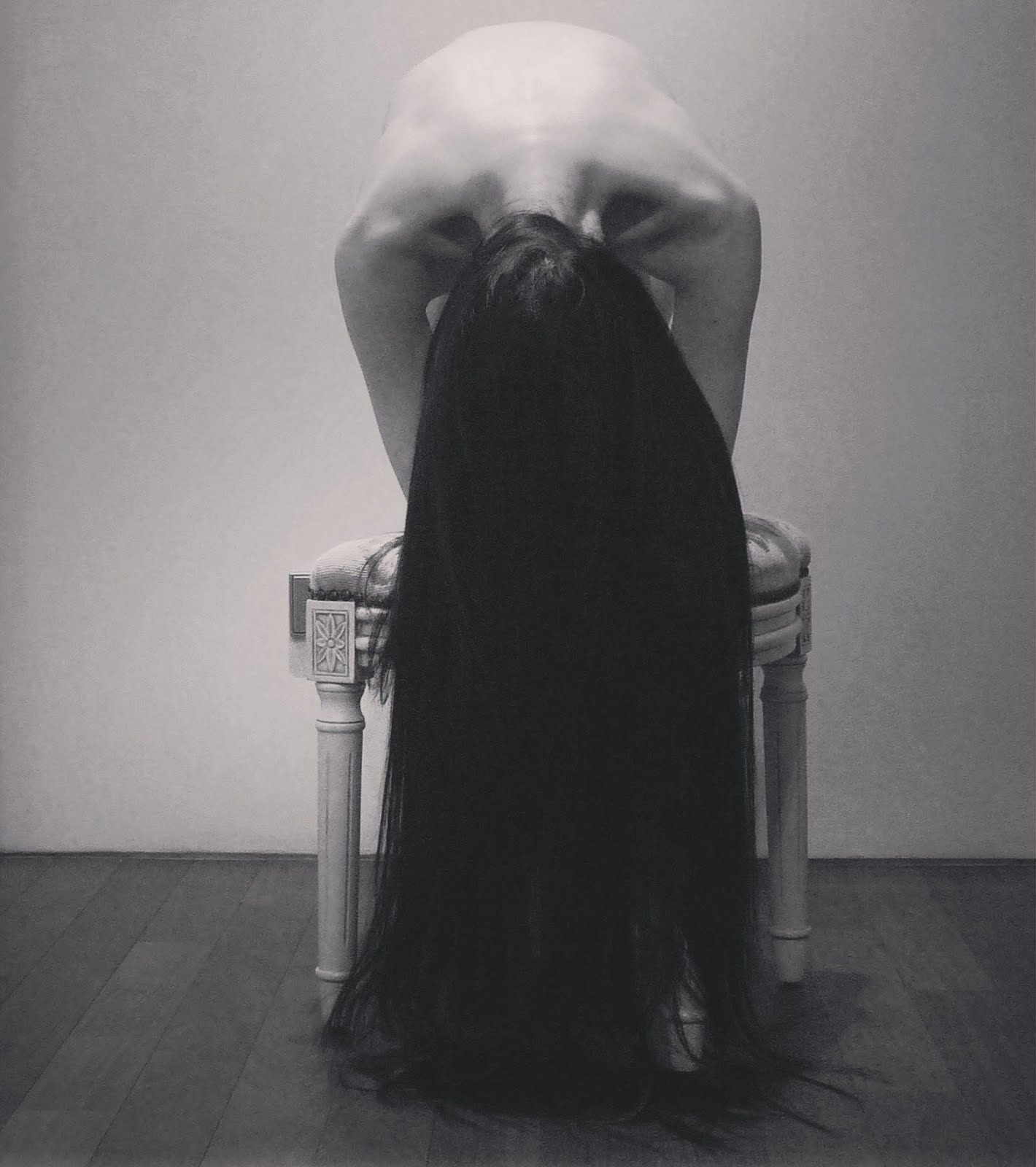I stumbled upon some photographs of Balanchine’s Ballet “Bugaku,” which he created in 1963 as his tribute to the refined elegance of Japanese music and dance originated in visits by New York City Ballet to Japan in 1958 and the Gagaku Company of the Imperial Household to the United States in 1959. In 1962, Balanchine commissioned Mayuzumi to compose music suggesting Bugaku, the dance portion of a Gagaku performance.
After reading up some reviews (I highly recommend this article) of the recent re-staging of this ballet by Mr. B’s elusive muse Suzanne Farrell, I became increasingly interested and would love to see New York City Ballet's revival of this piece. (Of course, those who know me will see that I was first attracted to the Japanese-inspired and petal-like costume!)
 From Suzanne Farrell Ballet's recent Bugaku staging—
From Suzanne Farrell Ballet's recent Bugaku staging—Natalia Magnicaballi and Jared Redick
 Suzanne Farrell in George Balanchine’s Bugaku
Suzanne Farrell in George Balanchine’s Bugaku
George Balanchine was inspired to create Bugaku after a Gagaku (a company of musicians and dancers maintained by the Imperial Japanese Household) visited the United States. He made no attempt to reproduce authentic Gagaku movements, instead freely translating the Japanese idiom into Western academic ballet terms. Yet the ballet evokes a powerful sense of Eastern culture.
A programme note describes the costumes as 'a free fantasy … on the traditional Japanese court dress.' The freedom extends to the ballerina's tutu, a variation on the traditional 'plate' with the top-skirt formed of two layers of long petals, highlighted with diamante. The only obvious Japanese touch is in the deep 'kimono' sleeves and the wig of lacquered woven horsehair cloth, trimmed with Japanese flowers and ornaments en tremblant.
The bodice is joined to the skirt by elastic ties, and there is only the shortest of 'basques' below the waist, decorated at the edge with diamante clusters. Usually the bodice is firmly fixed to the skirt and an undecorated basque provides grip for a partner's hand. However, the changes here were possible because there is no partnering in the particular sequence in which the tutus were worn.
The diameter of the tutu skirt is 34cm at its maximum, with the hoop inserted at 25cm from the centre. The gusset is extremely wide and, unusually, fastens with press studs.
(*image above and text via Victoria and Albert Museum, London)
 Costumes for Balanchine's Bugaku, designed by Karinska and worn by Suzanne Farrell in the 1960s. On exhibition in the Theatre and Performance Galleries at the Victoria and Albert Museum, London.
Costumes for Balanchine's Bugaku, designed by Karinska and worn by Suzanne Farrell in the 1960s. On exhibition in the Theatre and Performance Galleries at the Victoria and Albert Museum, London. A close-up of the costumes for Bugaku
A close-up of the costumes for Bugaku






3 comments:
the costumes are amazing! thanks for sharing!
karyn
tsilli.net
Finally I'm catching up on your posts lol
The costumes are beautiful, I don't think I've ever seen this piece before, I must see it.
I'd really LOVE to see it as well. (According to some reviews) it's almost as though Balanchine was playing with people's notion of what a "cliché" is, and yet develops the piece so much further beyond that point. Seems a genuinely clever (if not a little provocative) work.
Post a Comment